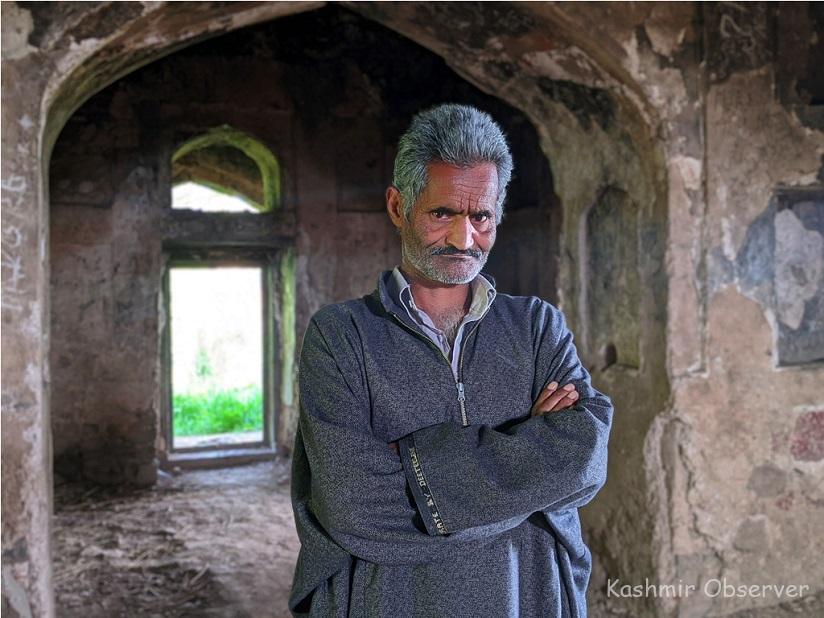
A young prince’s Kashmir visit in the 17th century and his subsequent search and rendezvous with his saint established an elegant structure now lying in ruins and in care of an uncanny caretaker.
By Romaan Arora
MALSHAHI BAGH, Ganderbal – He may be a man of few words, but Abdul Rashid Wani’s devotion for the elapsed “spiritual powerhouse” makes him a vocal countryside campaigner.
In commoner’s robes, the native in his mid-fifties has been religiously traversing the heart of wilderness to prevent the royal’s relic from becoming another faded piece of history.
The sharp-nosed guardian grapples with human greed, usurping attempts, and the routine rustic intrusions to safeguard the remnants of Kashmir’s Mughal era.
Be it sun, snow or shower, Rashid has been making his way through the dense orchard for a moral duty driven by the transcendent reality of the ruins.
The caretaker of crumbled heritage is also a chronicler of a devotional prince and his platonic Kashmir connection.
“It was once a grandiose structure,” says Rashid, the guardian bearing stark resemblance with the tumbledown Mughal-era mosque.
“But now, it has become a crumpling gallery of our glorious past.”
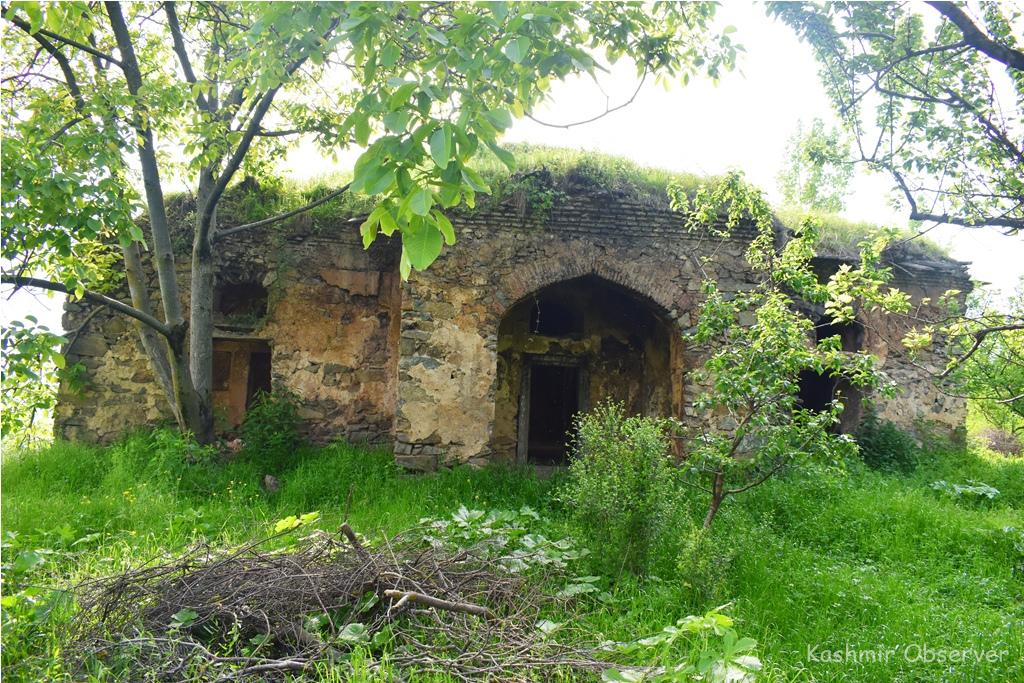
Near the rumbling Srinagar-Leh highway, the Malshah Masjid sits unruffled at the foothills of lush-green Dignibal mountains. The meditative calm of the place gets sporadically shattered by the crowing of roosters and the mowing of cows.
The perfect pastoral picture, however, turns poignant with the sight of the Mughal marvel—whose multi-storey Hamam has now become a rundown glory.
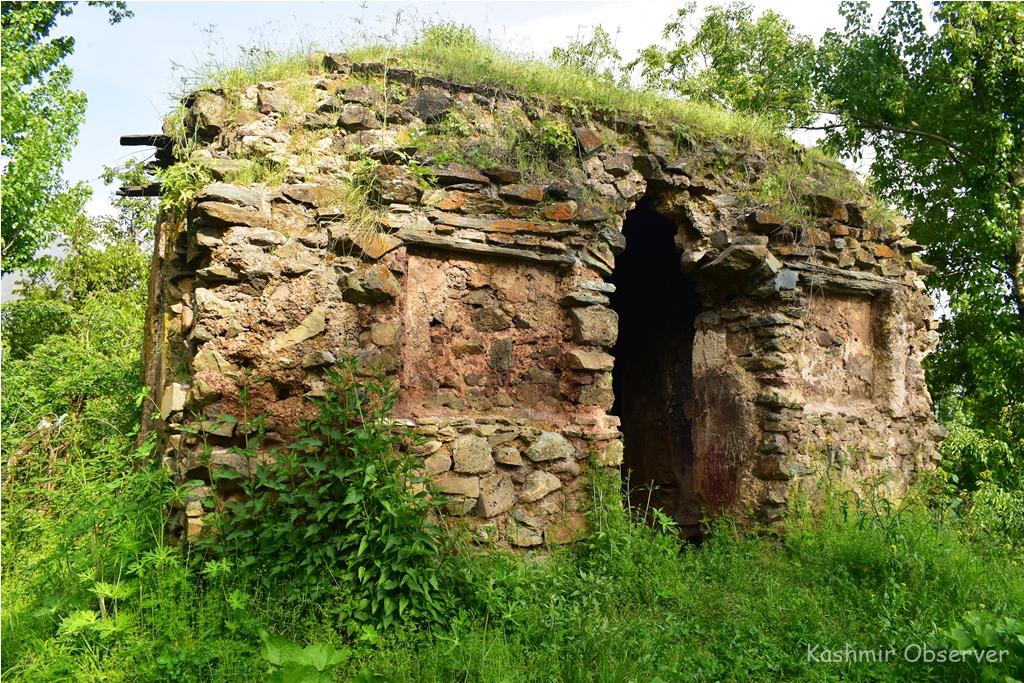
The 380-year-old structure sits in the middle of a 360-kanal apple orchard and has shades of Pather Masjid of Old Srinagar.
But unlike the imposing heritage signpost on Jhelum, the Ganderbal mosque has failed to captivate attention of explorers and travellers.
In a poetic lament, this grandeur of yore seems to have long lost its soul.
And what’s left now is a shell shadowed by the self-styled custodian.
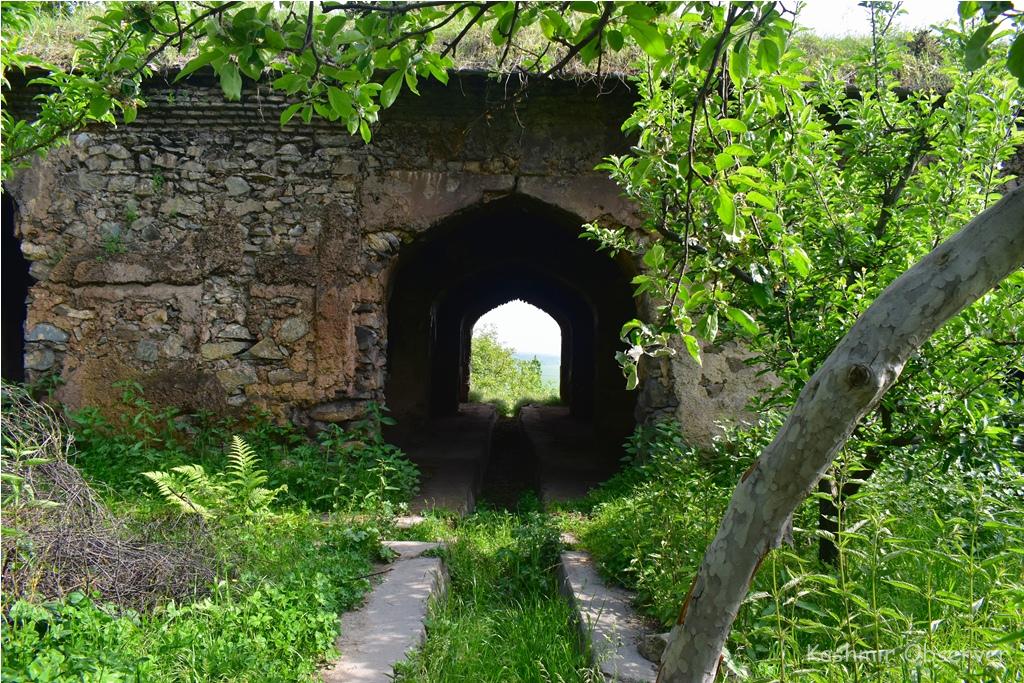
The heritage demise is also visible through extensive cracks in the ‘house of god’ hardly witnessing any faith footfall now.
But back in the day, the heritage symbol had established a thriving hamlet by the name of Malshahi Bagh.
As per Rashid, the homestead was established after the mosque was constructed around 1650 AD.
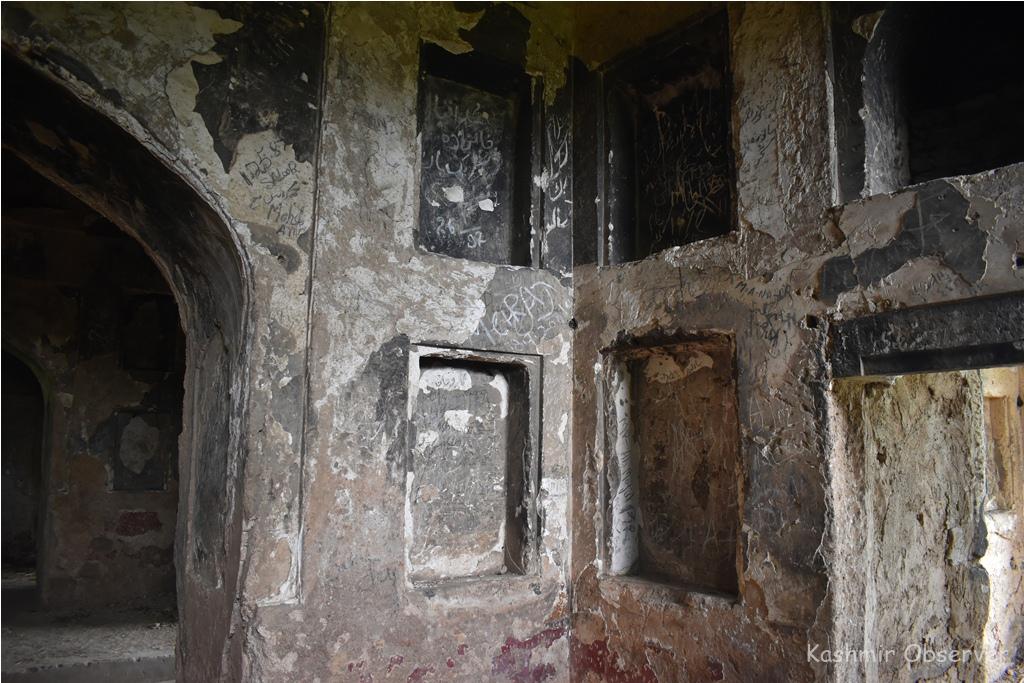
Malshah Masjid was constructed on the orders of Mughal prince Dara Shikoh for his spiritual leader, Mullah Shah Badakhshi, popular in Kashmir as Akhund Mullah Shah, in the middle of 17th century.
Legend has it that the favourite son of Mughal emperor Shah Jahan wanted to enter the Qadriya order of Sufism under the patronage of Mian Mir, the faith-healer of emperor Jahangir, grandfather of Dara Shikoh.
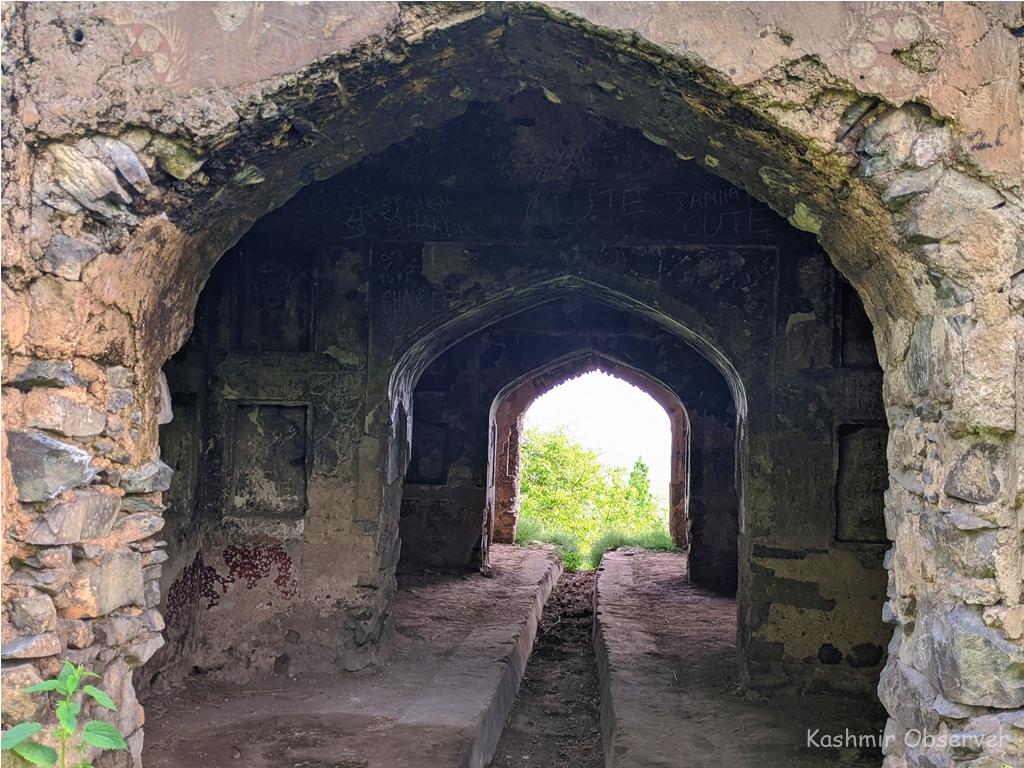
By the time prince Dara decided to meet him, the saint left for the heavenly abode.
The heartbroken young prince would then visit Kashmir to meet Mian Mir’s successor — Akhund Mullah Shah.

The revered saint known for his mystic influence on Kashmir life impacted Dara Shikoh to an extent that the young prince went to build three massive structures in the praise of his “murshid”.
The monuments came in the form of Pari Mahal at Zabarwan Hill, Akhund Mullah Mosque at Koh-e-Maran, and the third one at Malshahi Bagh.
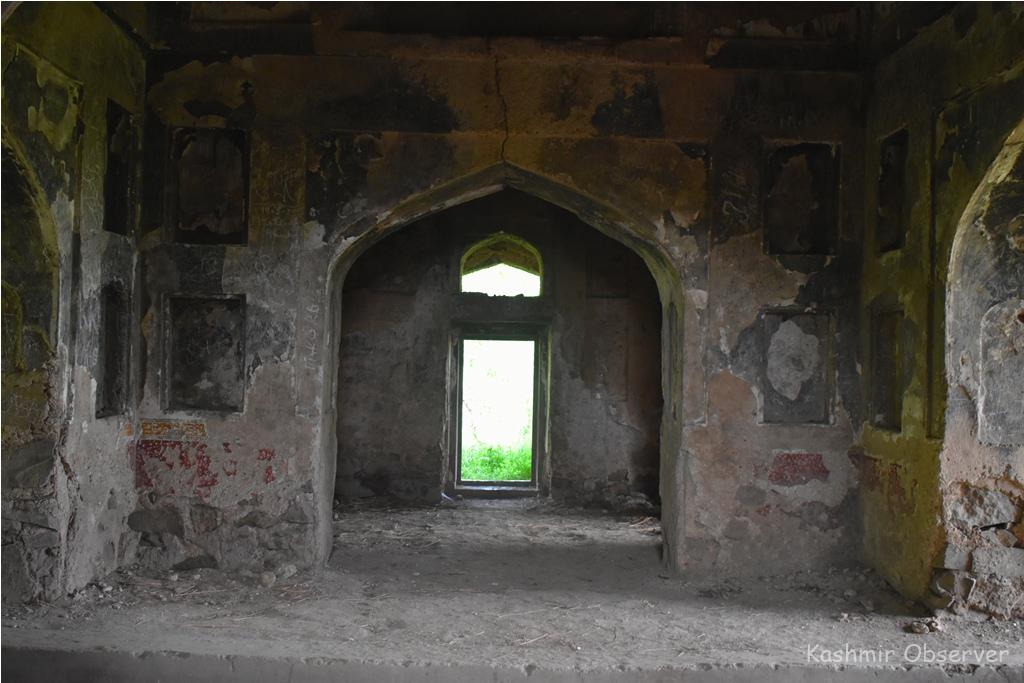
For the next few decades, the elegant mosque at Malshahi Bagh remained full of faithful.
As the rush grew, a locality was carved out on the foothills of Dignibal mountains, thus laying the foundation of the beautiful hamlet.
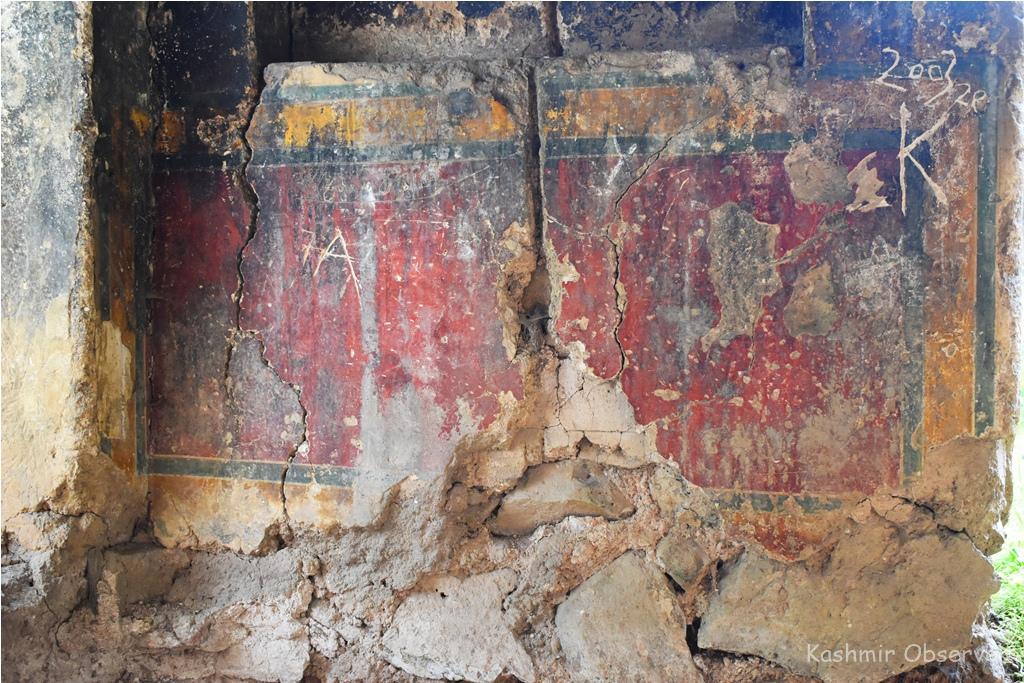
However, while the other architectural pieces established by Dara Shikoh in Kashmir prospered to attract visitors till this day, the Malshah Masjid failed to overcome the negligence and fell to despair.
“There weren’t any human settlements here before this masjid,” Rashid continues, as he takes the walk inside the royal ruins. “People started living here under the guidance of the pious soul.”

But as soon as the saint left, the locals, for whom the mosque came as a blessing, started deserting it.
“And since 18th century,” the guardian says, “the mosque became defunct, with no worshipper turning up for prayer.”
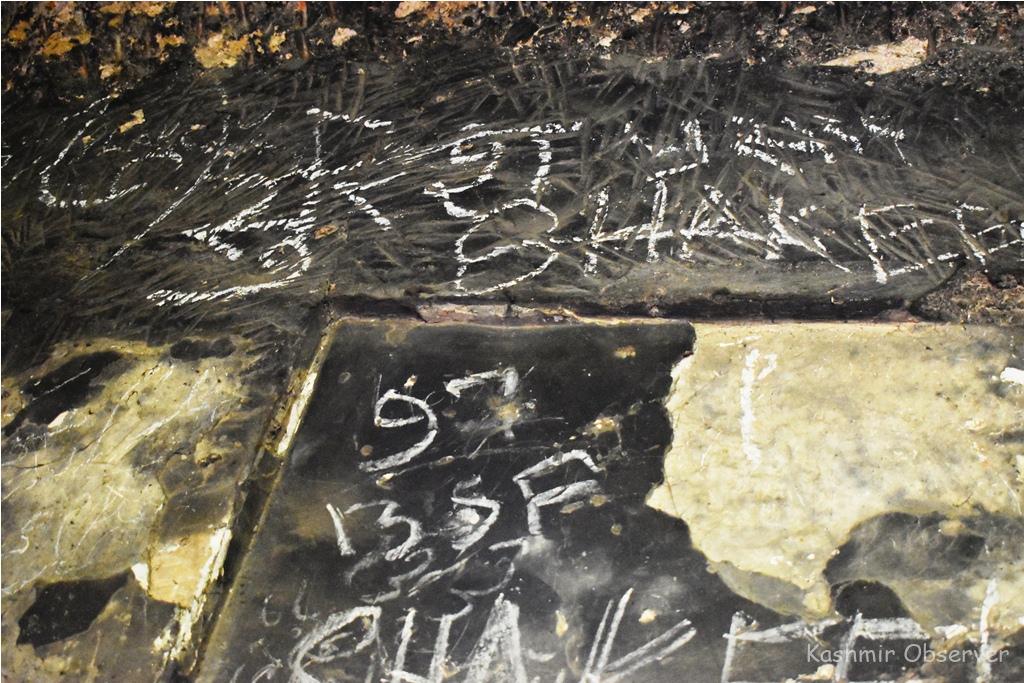
After the mosque was deserted, it started attracting the force of nature, in the form of bushes and grasses.
The ‘eco-invasion’ driven by creepers soon covered the regal walls and made it look like a haunted house in a jungle.
For the next 200 years, the expanding arms of nature appeared as a mark of occupation over the once-revered structure.
But, it wasn’t only nature’s strike that damaged the mosque.
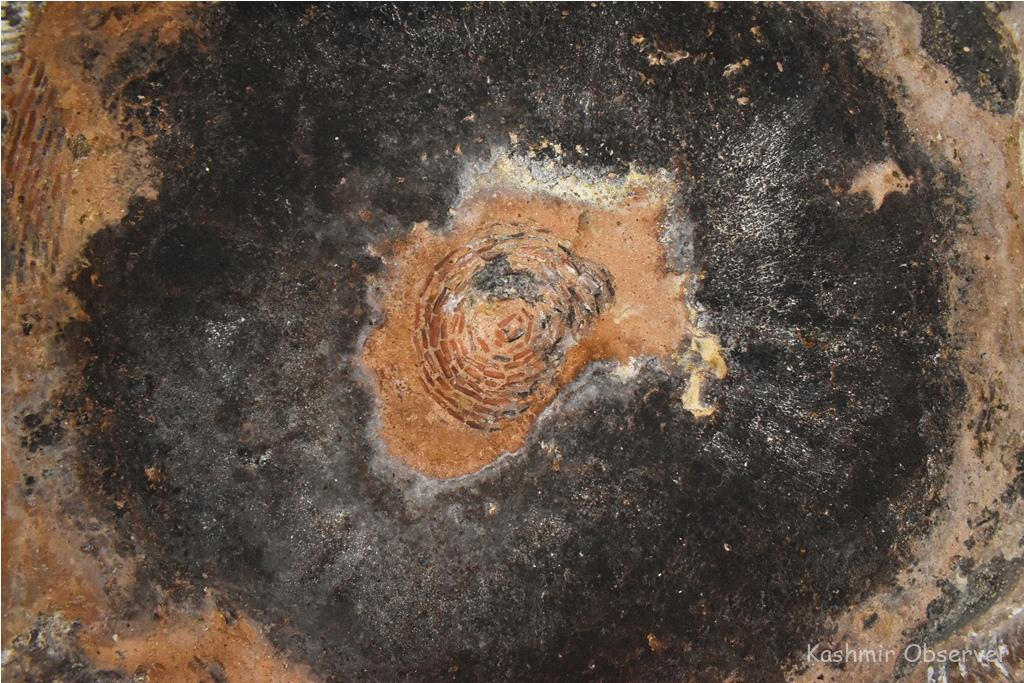
Post-2010, the ruined structure faced human greed. A few people tried to fence over the mosque along with its land.
“People started fencing the border first and then the mosque,” the caretaker says. “It created ruckus in the area.”
The timely intervention of the Waqf Board saved the mosque from being razed to the ground and its land to get encroached by some ‘powerful’.
Equally alarming were the efforts to make the premises as a grazing land and shelter for livestock.
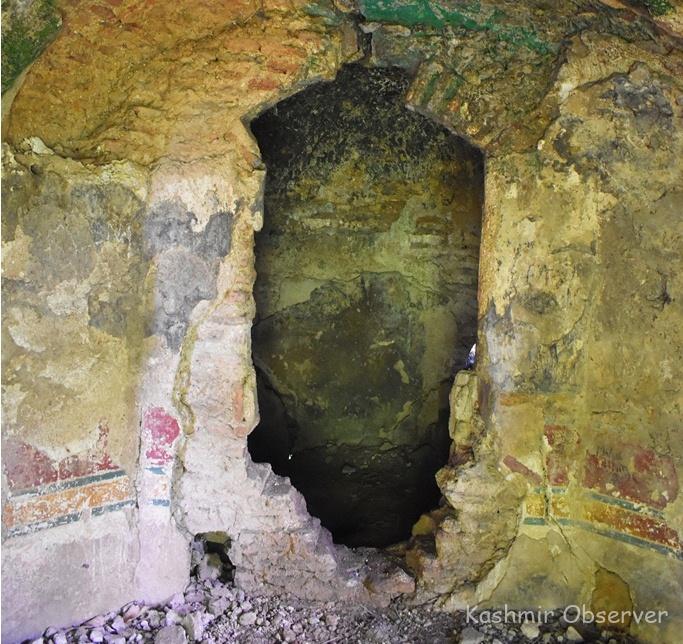
In the vicinity of the heritage structure lies the padlocked office of Waqf Board — the official custodian of the waning heritage.
“The board just earns a whopping annual amount from the apple orchard of this mosque,” the caretaker says.
“They could’ve managed it like the Jamia Masjid of Srinagar, but they aren’t willing to spend a penny on it. They could’ve also promoted it as a tourist destination. But they’re just sitting over it and waiting for its demise.”
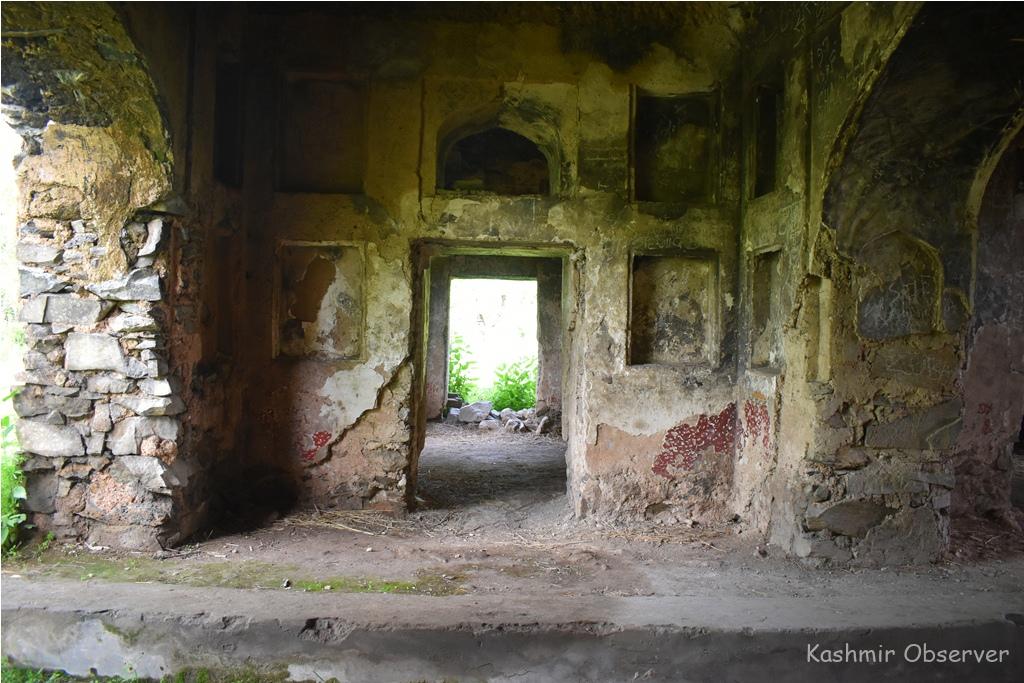
This reporter tried to contact the board managers for the official version, but many seemed oblivious of the structure and its status, while others just passed the buck.
However, an official from the Archaeological Department said they’ve lately taken a notice of the mosque “but so far no plan has been formulated to conserve or revamp the mosque”.
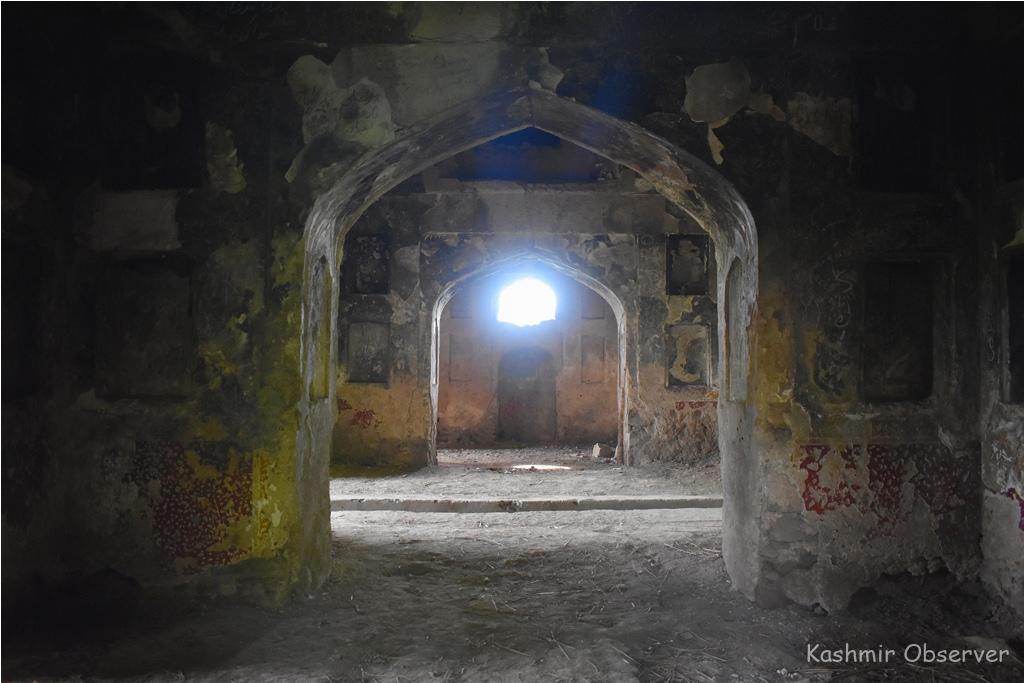
But Rashid sees no help in sight.
The caretaker now fears that the medieval mosque will be eventually consumed by the greed and apathy.
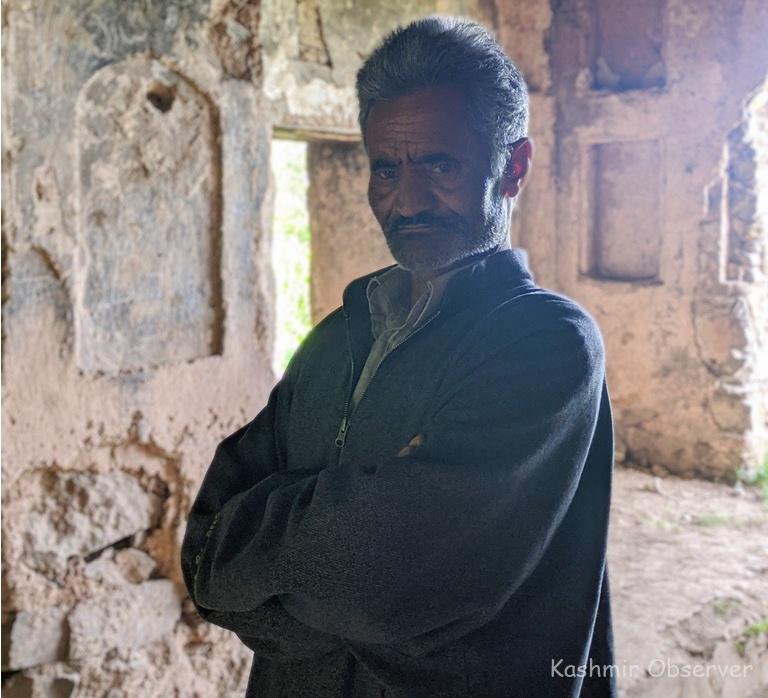
However, Rashid takes solace from the past when students along with their teachers would come to see the mosque and study its history and architecture.
“But since the tumultuous 1990s, those small yet helpful educational visits have stopped too,” the caretaker laments.
“Now hardly anyone turns up to see the sovereign’s souvenir for his saint who once founded and flourished life here.”
Follow this link to join our WhatsApp group: Join Now
Be Part of Quality Journalism |
Quality journalism takes a lot of time, money and hard work to produce and despite all the hardships we still do it. Our reporters and editors are working overtime in Kashmir and beyond to cover what you care about, break big stories, and expose injustices that can change lives. Today more people are reading Kashmir Observer than ever, but only a handful are paying while advertising revenues are falling fast. |
| ACT NOW |
| MONTHLY | Rs 100 | |
| YEARLY | Rs 1000 | |
| LIFETIME | Rs 10000 | |













